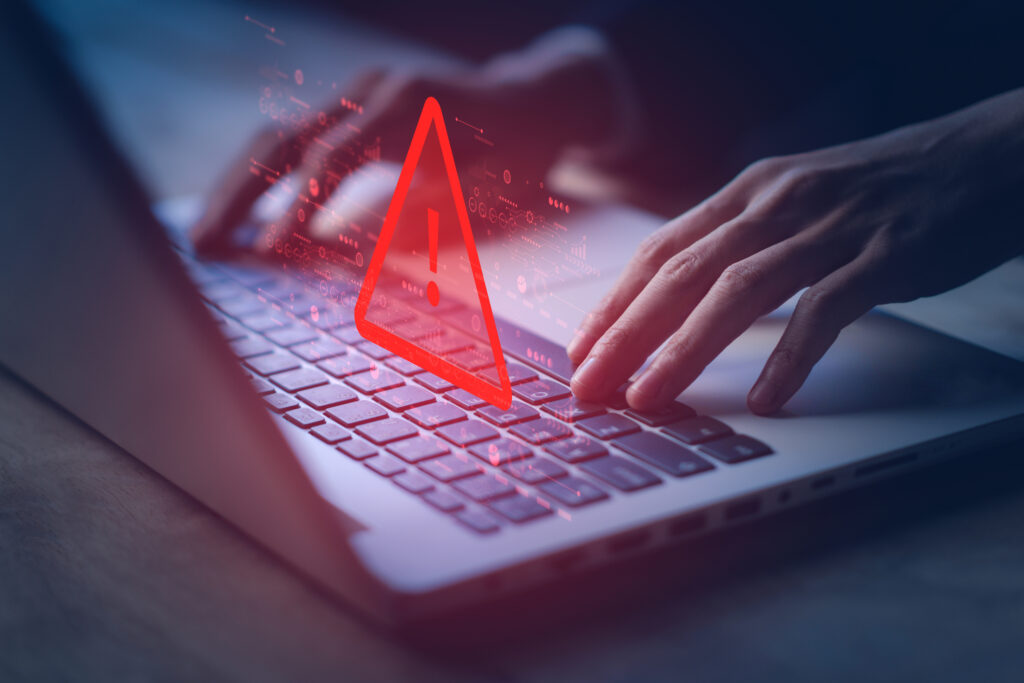
It’s no secret that staying informed about the latest Cybersecurity threats is crucial for efficient and effective business operations. Among the many terms and concepts in this field, “zero-day attack” stands out as one of the most potent and potentially damaging cyber threats. Let’s explore what a zero-day attack is, why it’s a significant concern, and how organizations can defend against these critical cybersecurity vulnerabilities.
What is a Zero-Day Attack?
A zero-day attack refers to a type of cyberattack that exploits a software vulnerability that is unknown to the software vendor or the cybersecurity community. The term “zero-day” indicates that there are zero days of protection against this attack because there is no fix or patch available at the time of the attack.
Cybercriminals discover and exploit these vulnerabilities before software developers have the opportunity to create and distribute a security patch.
4 Key Elements of a Zero-Day Attack
Understanding the key elements of a zero-day attack can provide insight into why it’s a potent and challenging threat:
1. Vulnerability Discovery: The attacker discovers a vulnerability in software or hardware that could potentially be exploited to gain unauthorized access, steal data, or compromise the targeted system.
2. Exploitation: The attacker crafts a malicious code or script to take advantage of the vulnerability. This code is typically designed to infiltrate the target system, often without detection.
3. No Prior Knowledge: Since the vulnerability is unknown to the software vendor and the cybersecurity community, there are no protective measures in place when the attack occurs. This means that even organizations with robust security measures can be vulnerable.
4. Limited Window of Opportunity: Once the vulnerability becomes known, software vendors work quickly to develop a patch or update to fix it. During this time, cybercriminals have a limited window of opportunity to exploit the vulnerability before it’s secured.

Why Zero-Day Attacks Are a Concern
Zero-day attacks are a significant concern for several reasons:
1. Limited Defense: Organizations have no advance warning or protection against these attacks since they target vulnerabilities that are not yet known.
2. High Impact: Zero-day attacks can lead to severe consequences, including data breaches, system compromises, and financial losses.
3. Targeted Exploitation: Attackers often use zero-day vulnerabilities for targeted attacks, focusing on specific individuals, organizations, or industries.
4. Economic Impact: The economic impact of zero-day attacks can be substantial, with organizations incurring significant costs to investigate, mitigate, and recover from such incidents.
Mitigating Zero-Day Threats
While it’s impossible to completely eliminate the risk of zero-day attacks, organizations can take proactive steps to mitigate their impact:
1. Keep Software Up to Date: Regularly update software, operating systems, and applications to reduce the attack surface and apply patches as soon as they become available.
2. Implement Strong Access Controls: Use robust authentication and access control measures to limit access to critical systems and data.
3. Network Segmentation: Segment networks to restrict lateral movement by attackers in case of a breach.
4. Threat Intelligence: Subscribe to threat intelligence services that provide information about emerging vulnerabilities and threats.
5. Behavior-Based Detection: Utilize behavior-based intrusion detection systems and anomaly detection to identify suspicious activity.
6. Incident Response: Develop a comprehensive incident response plan to minimize the impact of a zero-day attack if one occurs.
Conclusion
Zero-day attacks represent a significant and challenging threat in the cybersecurity landscape. While it’s impossible to predict when or where these attacks will occur, organizations can enhance their security posture by staying informed, implementing best practices, and being prepared to respond effectively in case of an attack.
As the digital world continues to evolve, understanding and defending against zero-day vulnerabilities remains a critical aspect of cybersecurity.




